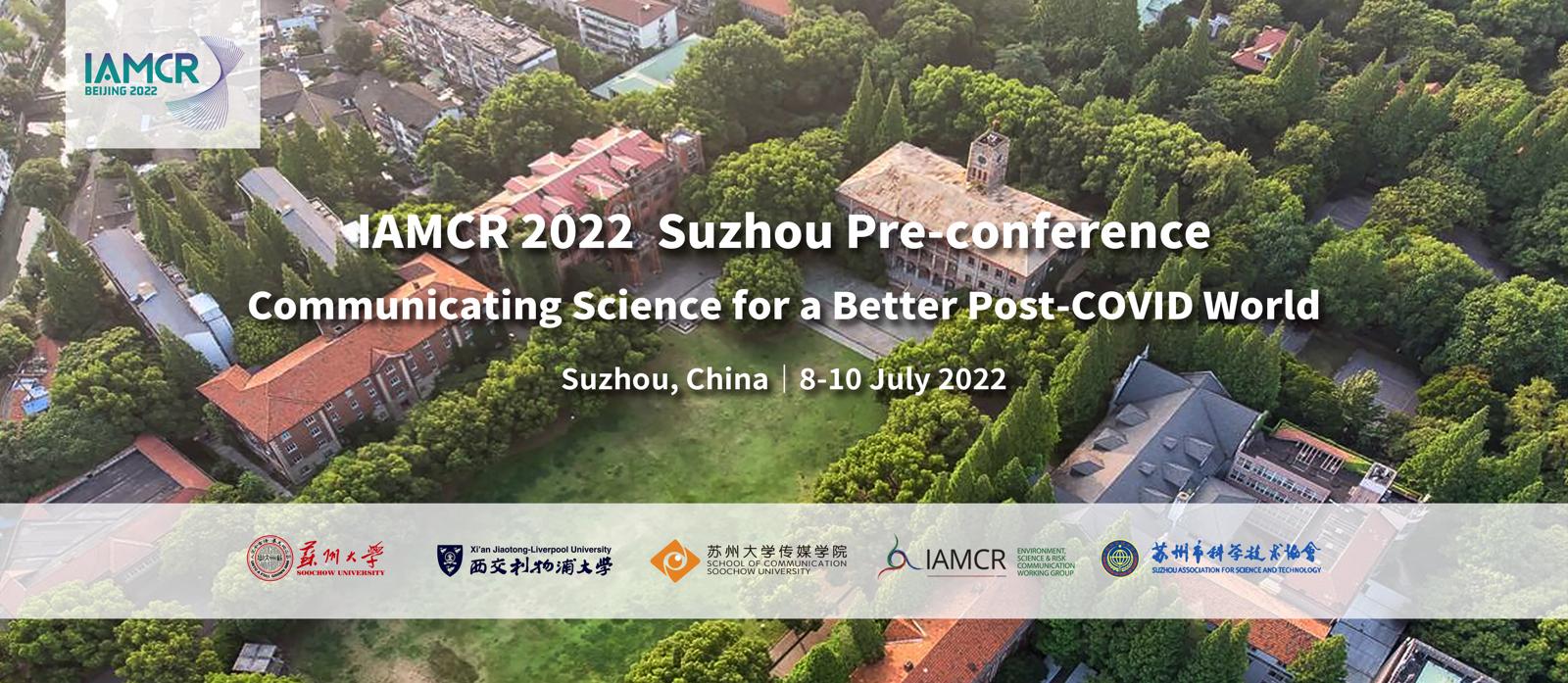On 25 June 2021, the State Council issued the new Outline of the National Action Scheme for Scientific Literacy for All Chinese Citizens (2020-2035) (Outline of Scientific Literacy). In order to provide reference for its implementation, this study analyzes the achievements and obstacles in the implementation of the old Outline of Scientific Literacy (2006-2010-2020) based on the results of all previous surveys on civic scientific literacy (CSL) in China, and from the perspective of science education. The results showed a continued steady growth in CSL, from 1.6% in 2005 to 10.56% in 2020. Specifically, male, urban, and younger adults were more likely to qualify as possessing CSL. Moreover, education level was found to be positively related to CSL. The study also found that in China, the effectiveness of formal science education has been hampered by the long-term division of the arts and sciences, examination-oriented education, the urban-rural gap, and the aging population. In terms of informal education, 37.2% of Chinese citizens visited science museums in 2020, and the Internet plays an increasing important role. Even though Miller’s three-dimensional construct was abandoned internationally, China continued to use it to test CSL, making the results meaningless for the purposes of international comparison. Nowadays, Chinese science popularization lacks interaction, with limited opportunities for public engagement. There are deficiencies in both the country’s formal and informal science education, meaning that there is still much room for improvement in the promotion of CSL in China. Moreover, the CSL evaluation system compatible with international comparison needs to be established as soon as possible. The gap between urban and rural areas and the science education reform in compulsory education may be the main solutions in the future.

 京公网安备 11010802039275号
京公网安备 11010802039275号